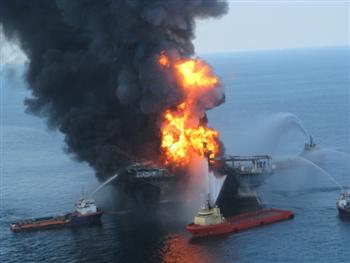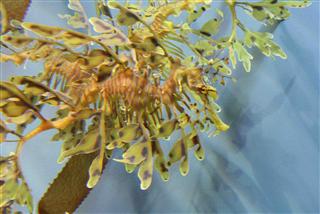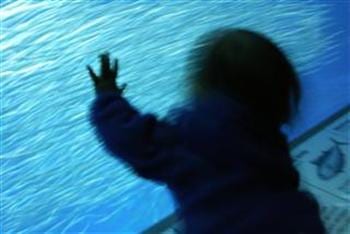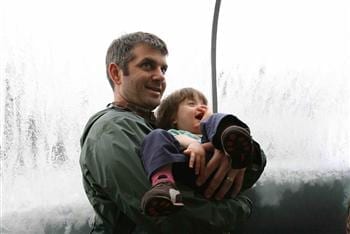By Ben Kalina
It’s been two years now since we filmed A Sea Change along the northern California coast and the journey continues with screenings scheduled globally as we plan another celebration of World Ocean Day in early June. As if ocean acidification wasn’t enough and we needed another reason to wean ourselves quickly from oil, this year’s Earth Day disaster in the Gulf of Mexico is a stark reminder.

As the gruesome news comes in from the Gulf Coast it’s clear that despite the efforts of many, the oceans continue to pay a horrific price for our dependence on oil and other carbon-based pollutants.
Just before the BP disaster I spent a week with my wife and our daughter in Northern California, visiting old friends and trolling along the coastline where we filmed A Sea Change. We saw the molting elephant seals at Ano Nuevo, the beach glass combers at Davenport, and the baby goats in Pescadero. I’ve been along that stretch of coastline many times before and it never disappoints. The weather always seems to be sunny and pleasant, and you can’t drive a mile without coming across some marvel of nature or a dramatic scene of cliffs diving into the ocean. The windy, elevated stretch of Route 1 near Pacifica will soon by bypassed by the Devil’s Slide tunnel, so you’ll have to get there soon to get that roller-coaster feeling in your stomach as your car slithers along the mountainside.
On one rainy, misty day we took the opportunity to head down for a visit to the Monterey Bay Aquarium, which is featured on a couple of occasions in A Sea Change. Once you get over the sticker shock ($29.95 for those over 12…at least it’s going to a good cause) there may be no better indoor space on earth to bring a child, especially one who has just woken up from a nap, has eaten and is full of energy and curiosity. All the sea animals I remembered are still there: the sardine rotunda, the jellyfish tanks, the sea turtle habitat, the bat ray petting pool and the playful otters.

The newest exhibit at the aquarium features Sea Horses, some of the most bizarre and mysterious little creatures around. Some resemble the Preying Mantis, taking the color and shape of seaweed to blend into their surroundings. Other species look more like what I’d imagined; upright ponies gliding along, propelled by a row of tendrils along their spine. They are delicate and intricate, sublime in their evolution.
This was my first visit to the aquarium as a parent, and I soon realized that there were exhibits I’d never even seen before, the kind of exhibits are invisible until your child runs to them squealing with arms waving and eyes wide open.

These of course are the specially designed children’s play areas all around the aquarium, where kids press buttons that play clips of seal calls, dunk wooden fish in water and climb and bounce on all kinds of structures. But beyond the collection of fish tanks and the playgrounds what I was struck by the most at the aquarium was the extent of the exhibits that have been built to educate visitors about climate change, sustainability, and specifically about ocean acidification. I don’t know exactly when these dioramas and interactive displays were installed, but there seemed to be at least one in each exhibit. They ranged from a mock kitchen illustrating how food choices contribute to greenhouse gas emissions to diagrams of renewable energy options to a graphic description of the threat of ocean acidification. I suppose what I found most encouraging was that the aquarium could easily have taken the neutral position that their animal exhibits embody their educational efforts, and left it at that. Instead, they clearly went to great expense, and perhaps some institutional risk, to display a series of exhibits that could invite hate mail or worse in an era when skeptics threaten scientists with violence and reject common sense at every turn. As individuals, as governments, and as a global community, we all need to find the courage to take responsibility for the impact of our actions on this planet and to make change in our own spheres. The Monterey Bay Aquarium has given us one graceful example of how this might be accomplished.
-Ben Kalina, Associate Producer, A Sea Change




